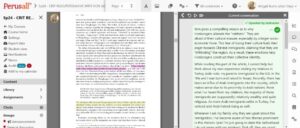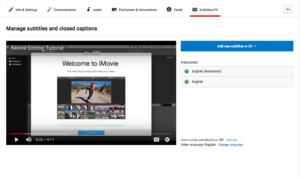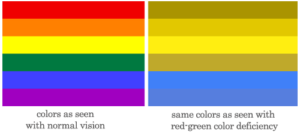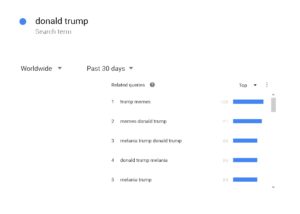
Discuss This!: Structuring Reading Discussions through Collaborative Annotations
A DWRL Practicum Online Module by Abby Burns. As a hard-of-hearing instructor who struggles intermittently with listening fatigue, there are days when keeping up with class discussion eats away at all of my energy (or requires more energy than I have), diminishing my capacity to respond in real time. One tool I have come stand by for negotiating this problem is collaborative annotation platforms like Perusall or Hypothes.is. These platforms allow students to connect on the (digital) margins of a shared PDF, taking collaborative notes directly on assigned readings.








